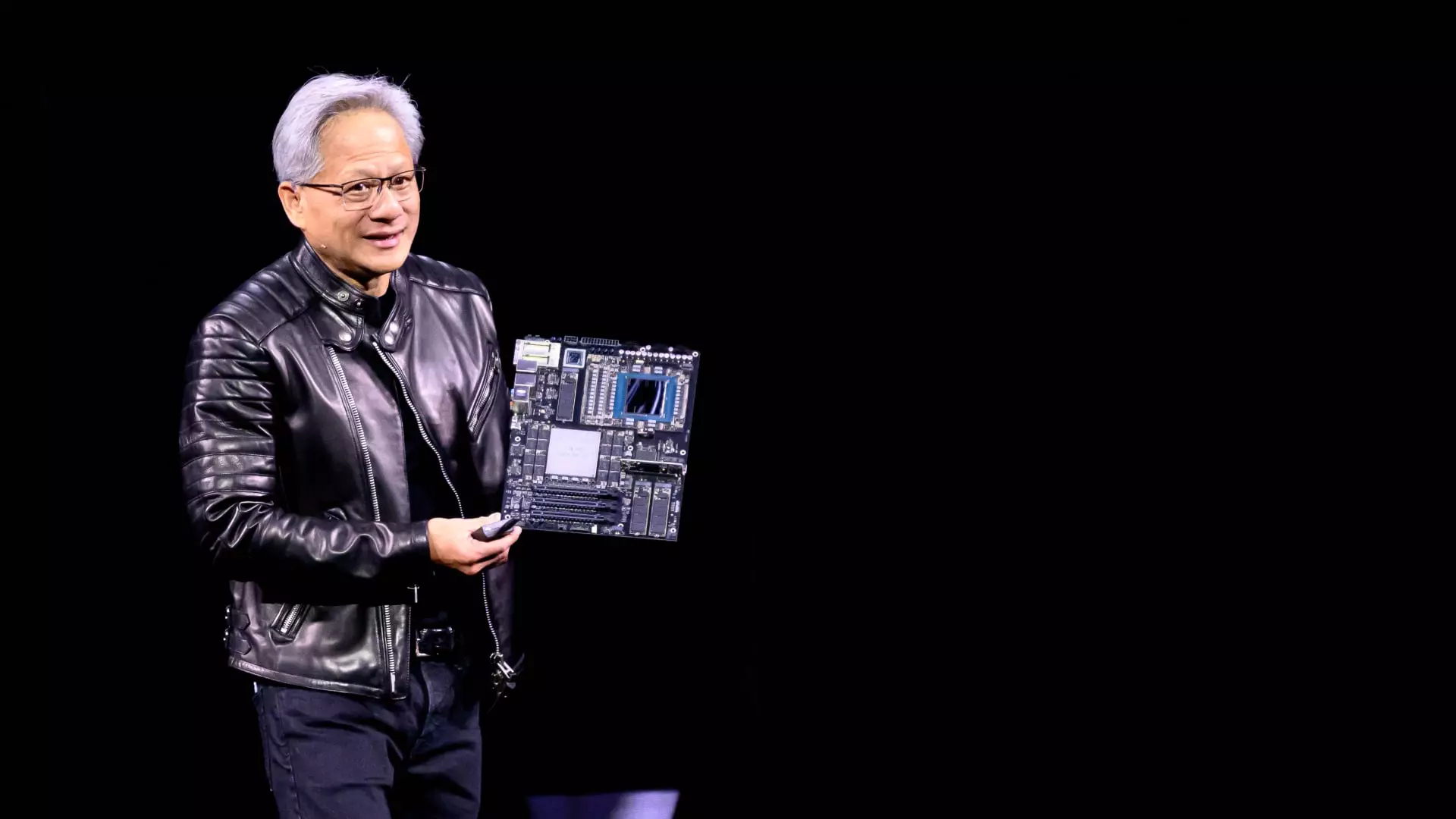In an age where artificial intelligence (AI) is reshaping industries, the race for cutting-edge hardware has become more critical than ever. At Nvidia’s recent GTC conference, CEO Jensen Huang delivered a compelling keynote that underscored the value of speed in GPU technology. His message echoed the urgency facing cloud providers and AI developers: the fastest chips are not just a luxury; they’re a necessity. Huang’s assertion that rapid advancements in performance could obliterate concerns regarding cost and return on investment challenges the conventional notions of hardware economics in tech. This bold statement highlights a significant shift in how businesses should view their investments in technology.
The Economics of Speed: A Breakthrough in Cost Reduction
Huang’s two-hour unscripted presentation was more than a sales pitch; it was an insightful analysis of the future of computing. By unpacking the economics behind faster GPUs, he illustrated their potential to transform cost structures for massive cloud infrastructure. His engaging envelope math revealed that the cost-per-token—essentially the expense involved in generating AI outputs—would significantly decrease with improved speed. For hyperscale cloud services, the impressive performance of Nvidia’s Blackwell Ultra systems could potentially mean up to 50 times the revenue compared to earlier models. This data not only reinforces Huang’s argument but also sets a benchmark that competitors will struggle to match.
Nvidia vs. Custom ASICs: The Flexibility Dilemma
While Huang acknowledged the growing trend of custom AI chips—Application-Specific Integrated Circuits (ASICs)—his skepticism was palpable. He dismissed the idea that these tailored solutions could effectively compete with Nvidia’s versatile GPUs, arguing that flexibility is crucial in a rapidly evolving field like AI. In Huang’s view, many custom chips are prone to cancellation, noting that the developing landscape of AI makes it necessary for hardware to adapt swiftly. This creates a significant advantage for Nvidia, whose chips are designed with an eye on future demands, rather than just immediate needs.
Investing in AI Infrastructure: The Budget in Motion
Huang’s keynote emphasized that substantial investments in AI infrastructure are already in the pipeline. With hundreds of billions of dollars set aside for these advancements, companies are seeking reassurance that their capital allocation will yield future-ready technologies. The disclosure of Nvidia’s roadmap extending to its Rubin Next and Feynman AI chips signifies the company’s proactive approach to addressing these investments. It instills confidence among cloud providers and large-scale AI developers who are eager to strategize their growth while relying on Nvidia’s innovation roadmap.
A Competitive Landscape and Future Predictions
As the demand for AI capabilities continues to surge, Nvidia’s position as a market leader faces challenges not just from traditional competitors, but from custom hardware solutions. However, Huang’s confident dismissal of these competitors indicates a strategic assurance rooted in Nvidia’s consistently innovative approach. For investors and stakeholders, the implications are clear: a focus on rapid performance enhancements rather than just cost concerns is what will guide their decisions in years to come. The consensus among market analysts is that Nvidia’s technology, particularly the upcoming Blackwell and future AI chips, is poised to capture significant market share from the big players in cloud services.
Huang’s rallying cry for faster chips at the GTC conference was about more than just technological prowess; it was about vision. In an environment where AI is poised to play an even more critical role in business and society, the emphasis on speed is illuminated as not just a competitive edge, but a fundamental requisite for future readiness. Nvidia is not merely selling hardware; it is shaping the strategic direction of AI development and laying the groundwork for a revolution across myriad sectors. The imperative is clear: in the evolving realm of AI and cloud computing, speed is not just an advantage; it’s the cornerstone of survival and success.


Leave a Reply